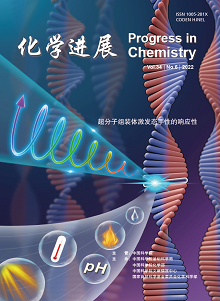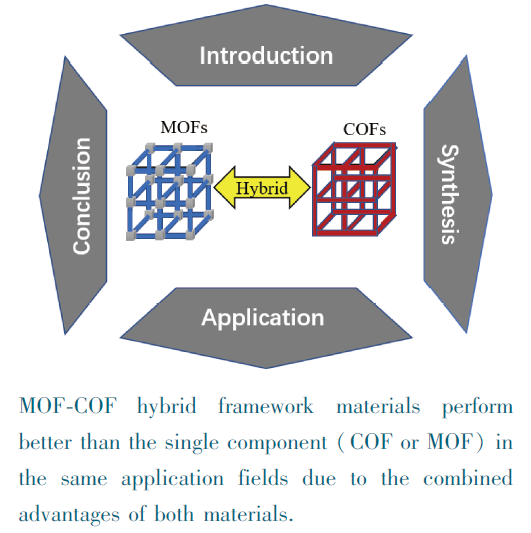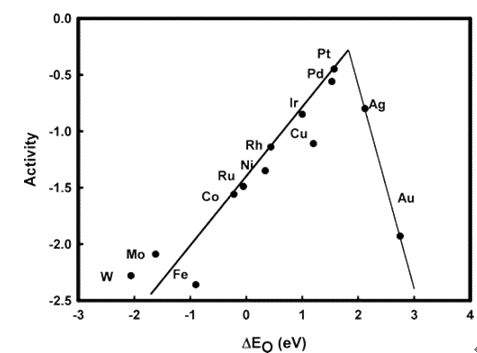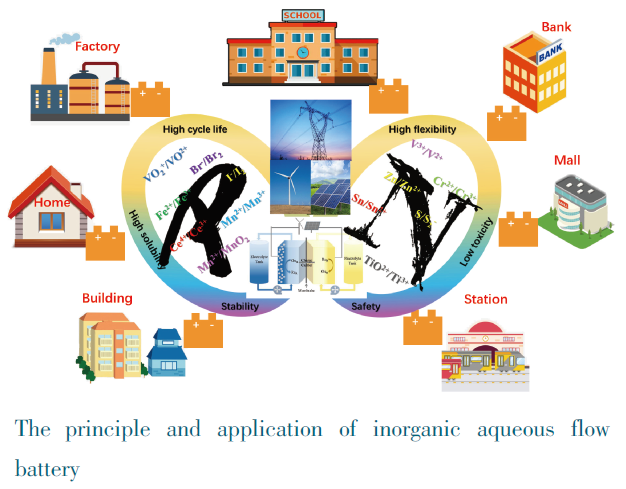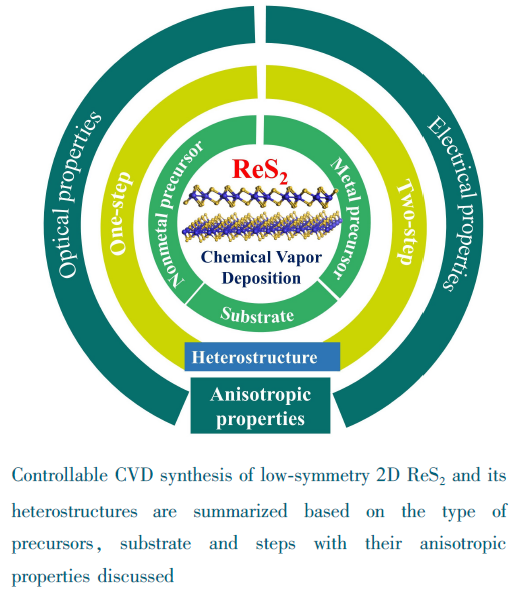Additive manufacturing, also known as three-dimensional (3D) printing, drives comprehensive innovations and upgrades in manufacturing, engineering, medicine, and other fields. 3D printing technology has made great progress in the biomedicine field in the past decade due to its ability to customize the complex 3D microstructures of organisms and construct biomimetic functional living tissues or artificial organs. In addition, silk fibroin (SF) is a natural organic polymer with abundant sources, biodegradable, excellent mechanical properties, and good cytocompatibility, which provides a promising choice for the design of 3D-printing inks. However, as a structural protein, single-component SF has limited physiological functions, and poor stability after printing, which limits the further development of SF in 3D printing and biomedical fields. For these reasons, researchers combined advanced 3D printing technologies with chemical modification methods to make the modified SF easy to be used for 3D printing and develop into a valuable biomaterial. Here, this article reviews the structural characteristics of SF, chemical modification strategies of SF, preparation strategies of printing inks and the latest application progress of 3D printed SF materials in the biomedical field. Meanwhile, we also look forward to the future development trend of 3D printed SF biomaterials, which provides a useful guideline for its application in a wider field.
Contents 1 Introduction
2 The structures and characteristics of SF
3 Preparation strategies of bio-inks
3.1 Compounding with polymers
3.2 Compounding with inorganics
3.3 Self cross-linking
3.4 Chemical modification
4 3D printing technologies
4.1 Inkjet
4.2 Extrusion
4.3 Photo-curing
5 Applications in the field of biomedical
5.1 Blood vessel regeneration
5.2 Cartilage repair
5.3 Bone repair
5.4 Skin healing
6 Conclusions and outlook





